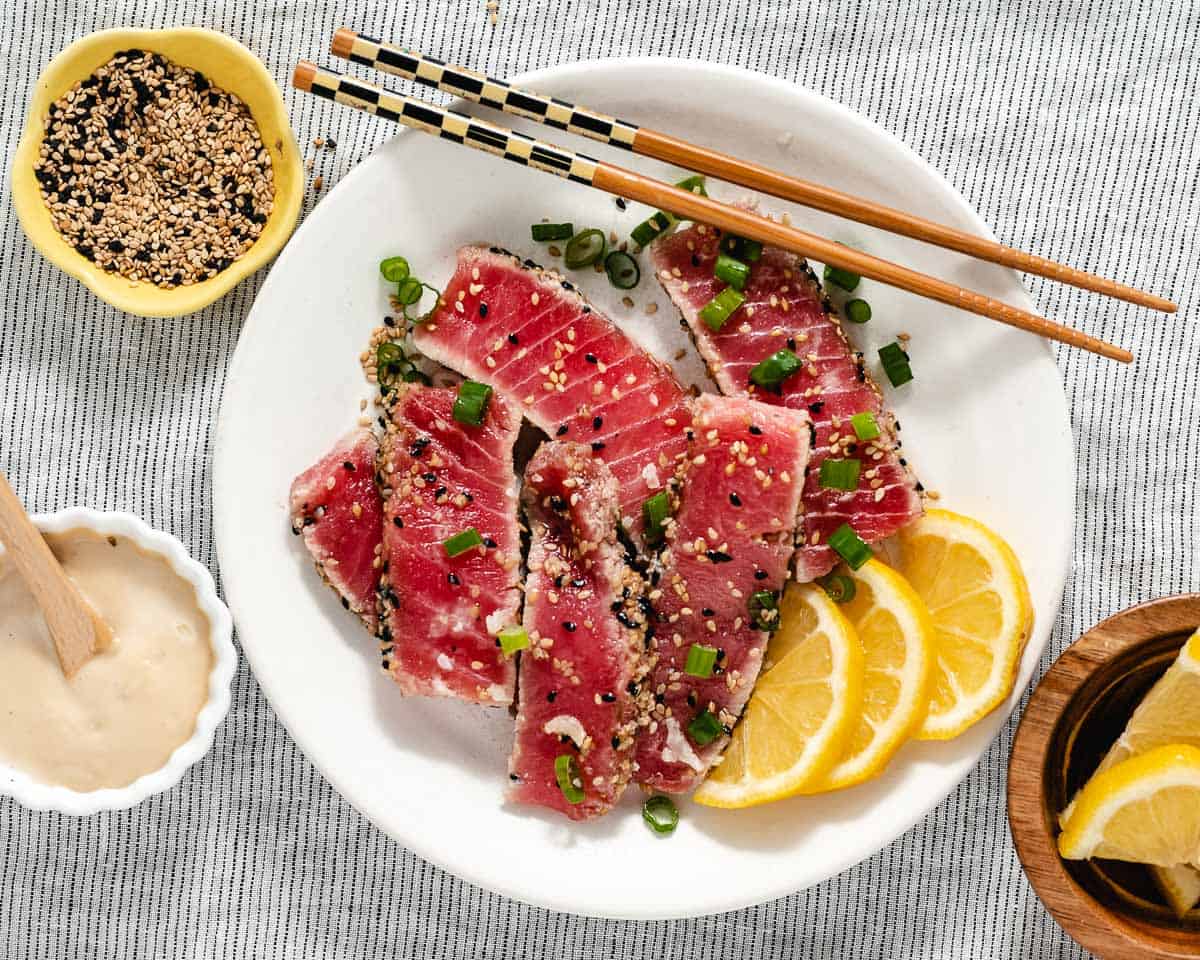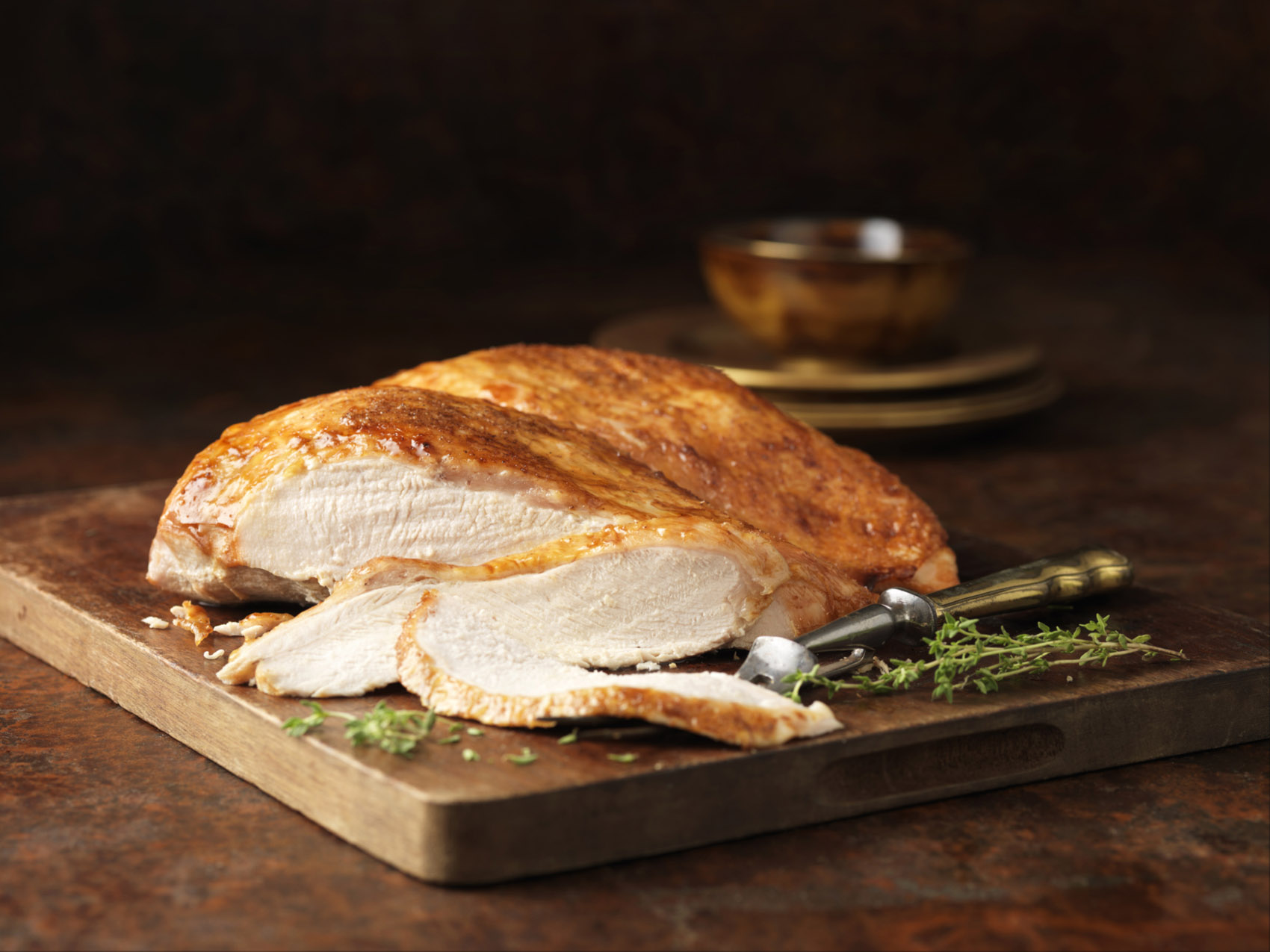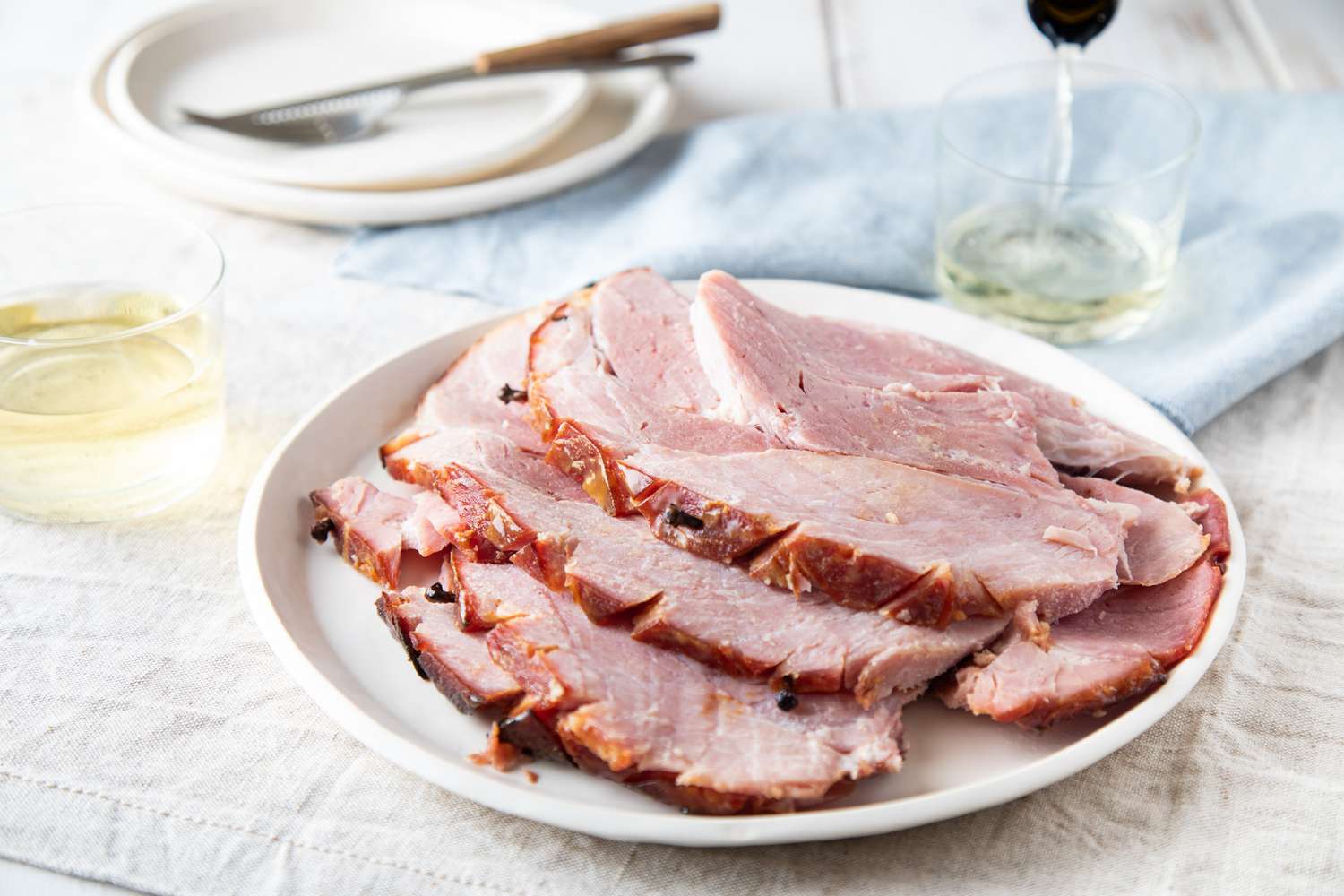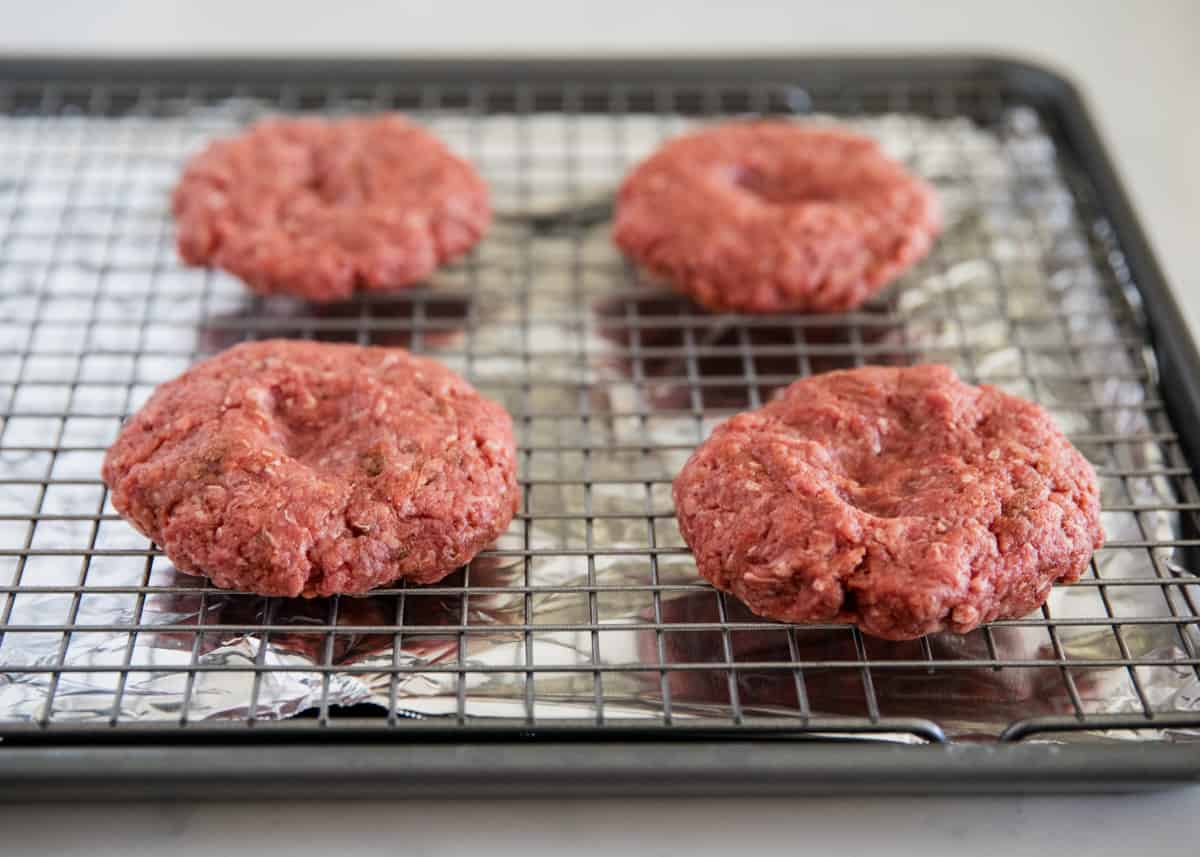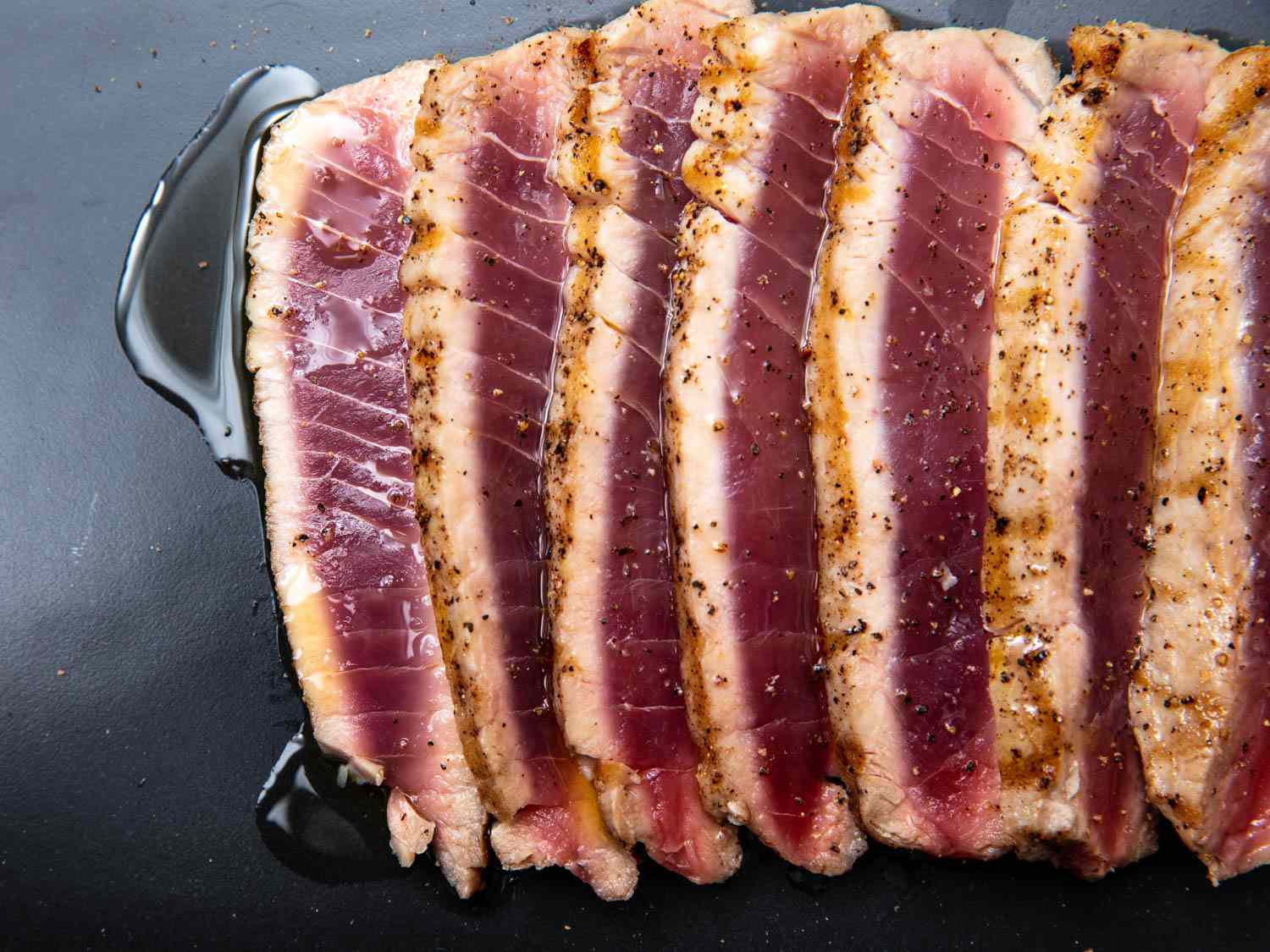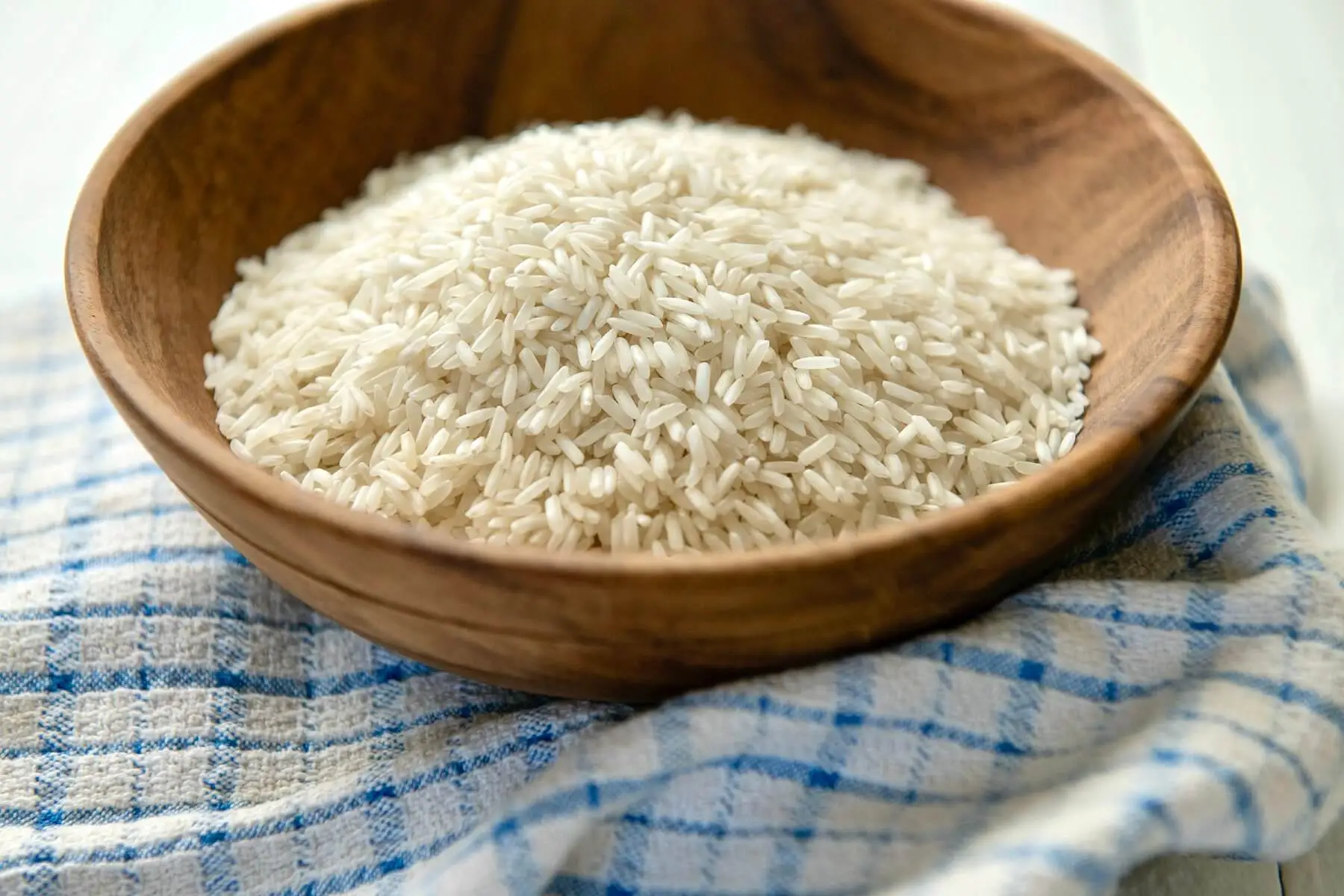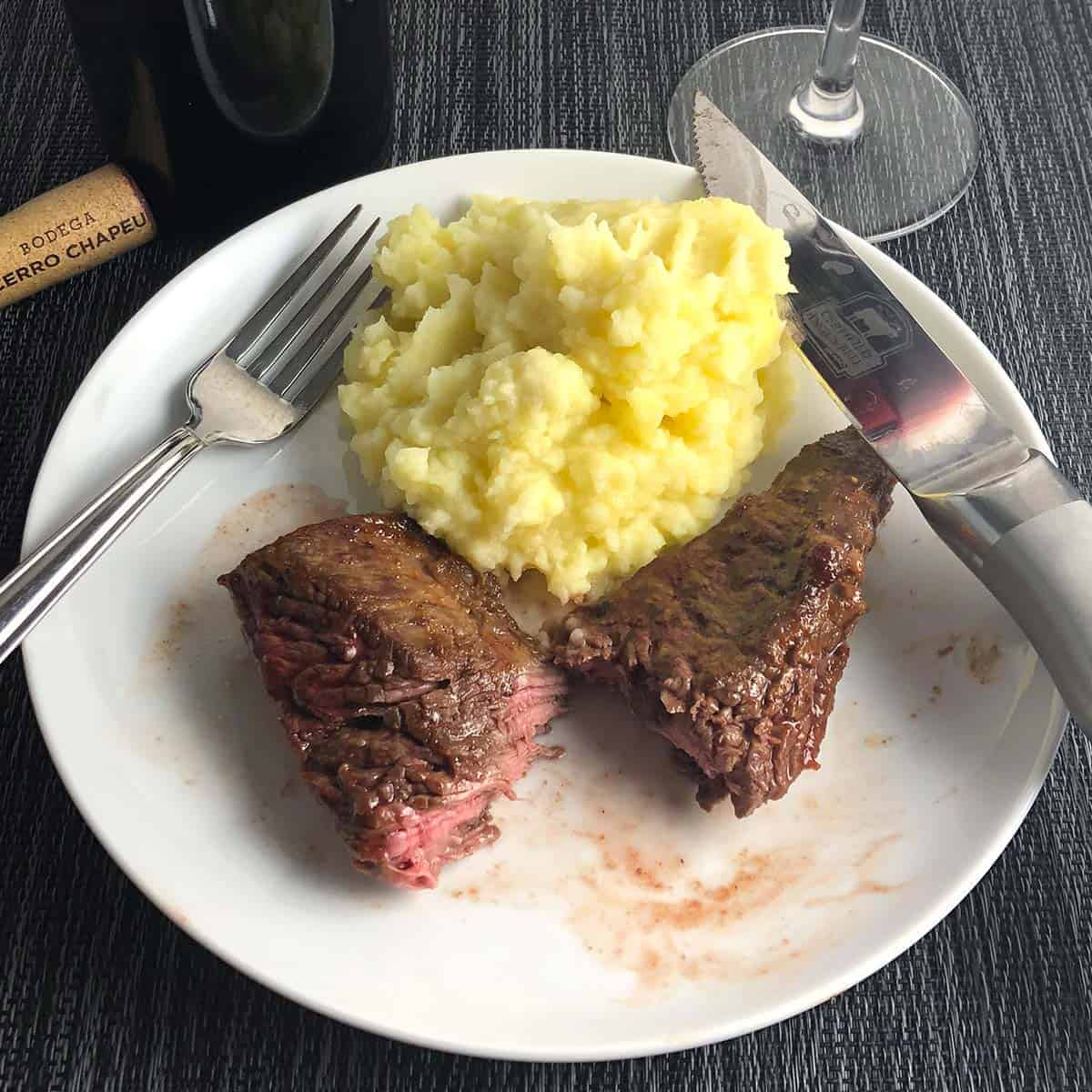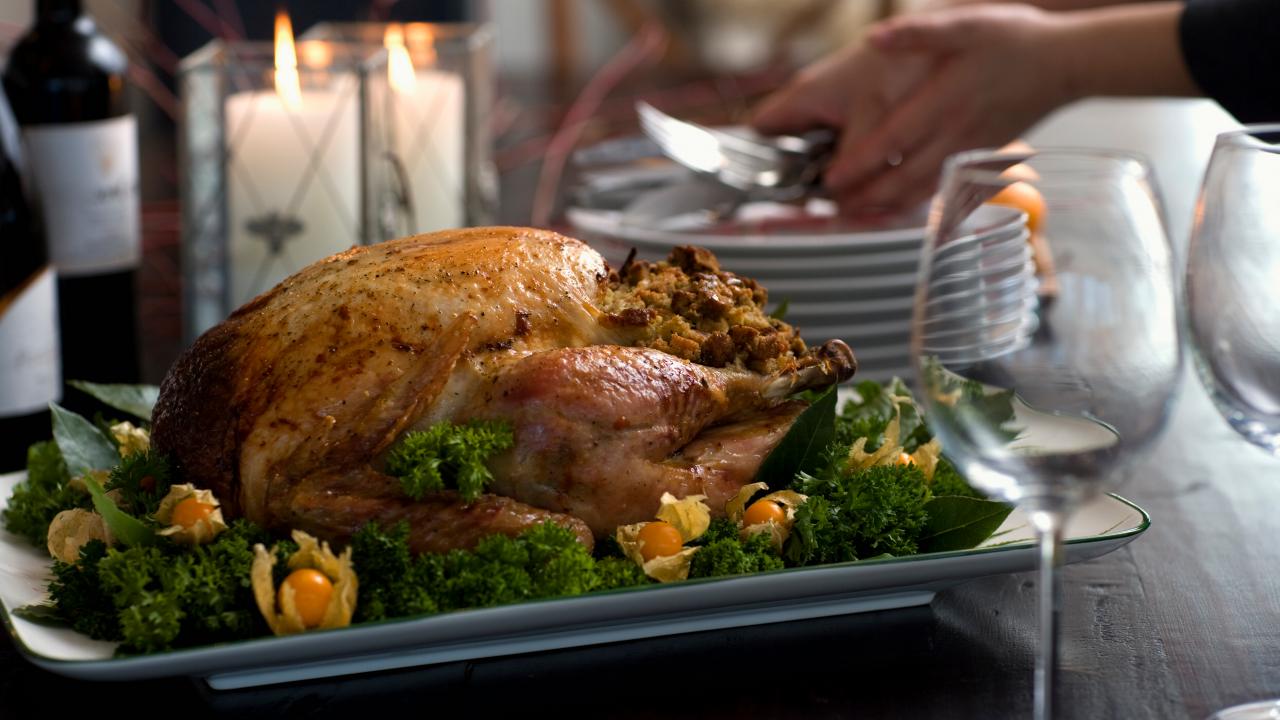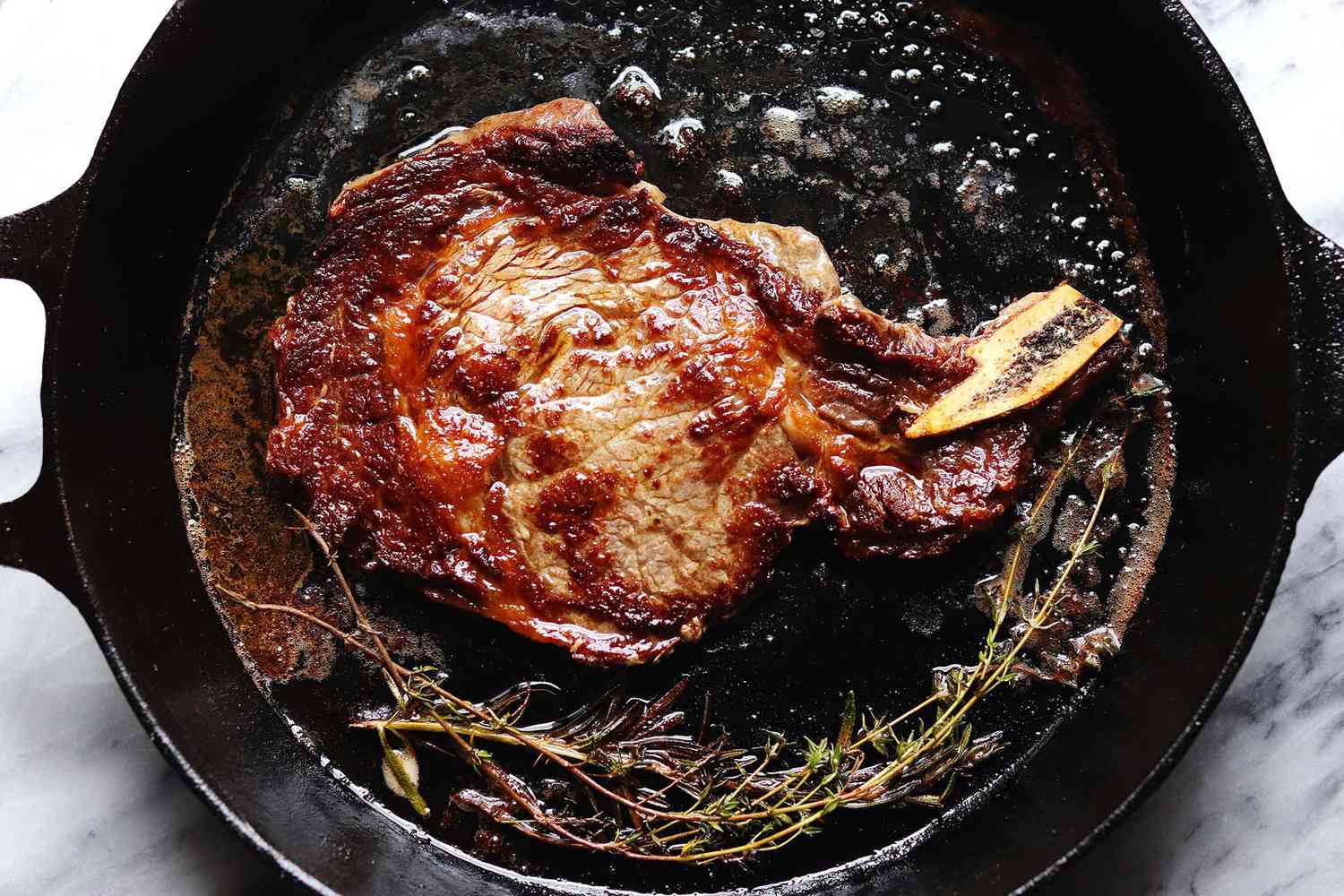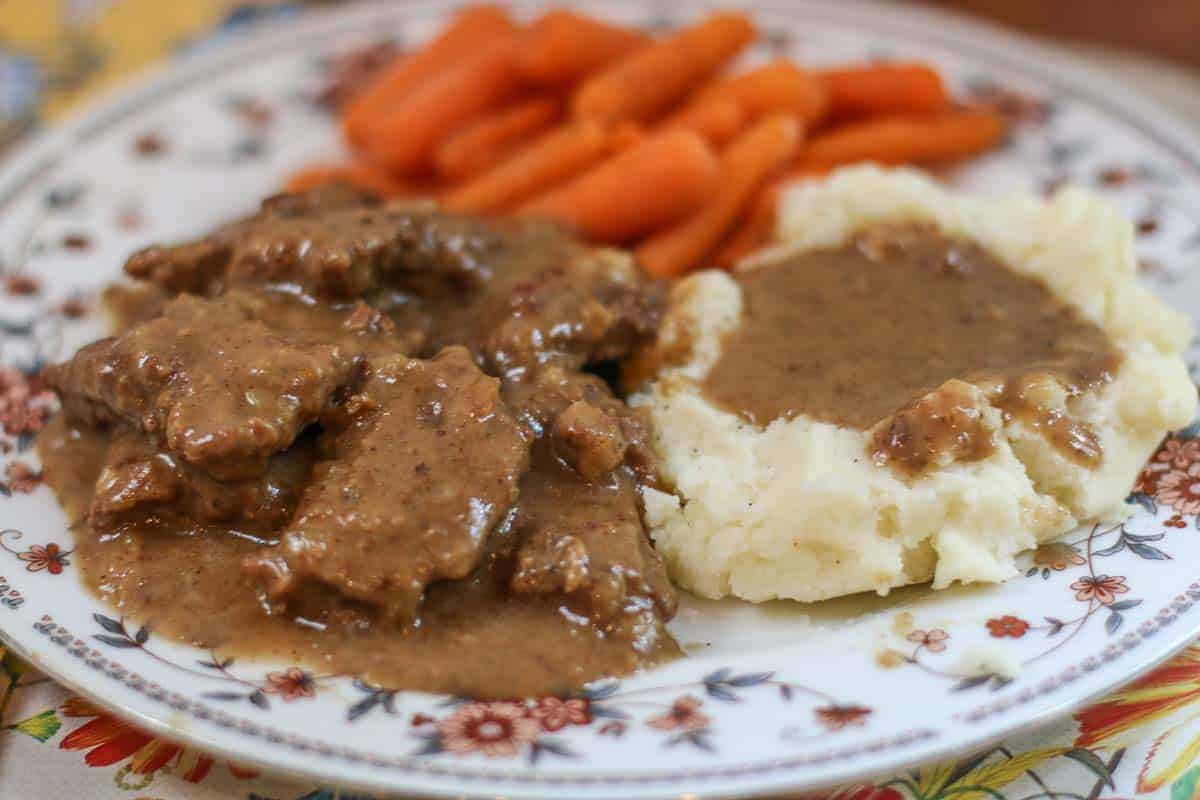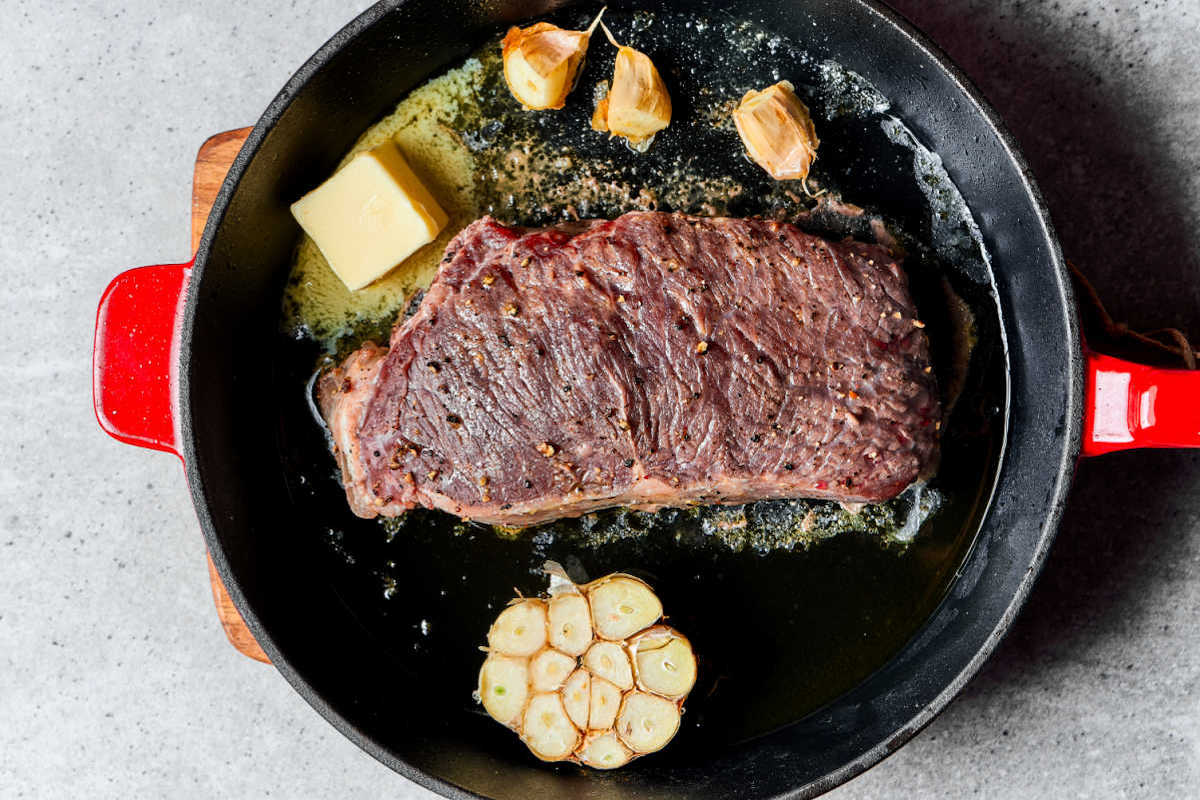Cooking poached eggs can seem tricky, but with a poached egg pan, it becomes a breeze. This specialized kitchen tool simplifies the process, ensuring perfectly cooked, runny yolks and firm whites every time. Whether you're aiming to impress guests at brunch or just treating yourself to a gourmet breakfast, mastering the use of a poached egg pan is a game-changer. In this guide, we'll walk through the steps to achieve those coveted, restaurant-quality poached eggs right at home. Get ready to elevate your breakfast game to new heights with this simple yet effective cooking technique.
Essential Ingredients for Perfect Poached Eggs
- Fresh eggs
- Water
- Salt
- Vinegar (optional)
Must-Have Tools for Poaching Eggs
- Poached egg pan with lid
- Stove or heat source
- Slotted spoon
- Small bowl or cup
- Timer or stopwatch
- Plate for serving
- Paper towels (optional, for draining)
For perfect poached eggs, ensure water is simmering, not boiling. Add a dash of vinegar to help whites coagulate. Crack eggs into pan slots gently for even cooking.
The Art of Poaching Eggs: Why It Matters
Cooking poached eggs in a poached egg pan simplifies breakfast preparation. This method ensures eggs are evenly cooked, maintaining a runny yolk encased in a firm white. Ideal for those seeking a healthy, protein-rich start to their day without the hassle of traditional poaching methods.
Using a poached egg pan also minimizes cleanup and guesswork. Each egg gets its own compartment, eliminating the need for vinegar in water or swirling techniques. This tool is perfect for anyone wanting to enjoy poached eggs more frequently, with consistent results every time.
Mastering Poached Eggs: A Step-by-Step Guide
How To Cook Poached Eggs In A Poached Egg Pan
-
Fill the Pan: Start by filling your poached egg pan with water until each cup is partially submerged. Ensure water level is just right, not too high to overflow into the cups when they're placed in the pan.
-
Heat the Water: Place the pan on the stove and turn the heat to medium. Wait for small bubbles to form, indicating the water is hot enough but not boiling vigorously. A gentle simmer is what you're aiming for.
-
Grease the Cups: While waiting for the water to heat, lightly grease each egg cup with butter or oil. This step prevents eggs from sticking, making them easier to remove after cooking.
-
Crack Eggs into Cups: Once the cups are greased, crack an egg into each one. Be gentle to keep yolks intact for a perfect poached egg.
-
Place Cups in Pan: Carefully lower the cups into the simmering water in the pan. The water should come up to the sides of the cups without getting inside.
-
Cover and Cook: With all cups in place, cover the pan with its lid. Cook eggs for about 4 to 5 minutes for a runny yolk or 6 to 7 minutes for a firmer yolk. Adjust cooking time based on your preference.
-
Check Doneness: After the desired cooking time, remove the lid and check if eggs are done to your liking. Egg whites should be firm, and yolks should be as runny or firm as you prefer.
-
Remove Eggs from Cups: Use a spoon or a small spatula to gently lift the poached eggs out of the cups. Be careful not to break the yolks if you prefer them runny.
-
Serve Immediately: Poached eggs are best enjoyed fresh. Serve them immediately after cooking for the best taste and texture. They can be placed on toast, mixed into salads, or eaten alone with a sprinkle of salt and pepper.
Cooking poached eggs in a poached egg pan simplifies the process, making it accessible for cooks of all skill levels. By following these steps, you'll enjoy perfectly cooked poached eggs every time.
Mastering Your Poached Egg Pan
Cooking poached eggs in a poached egg pan is simpler than most think. With the right technique and a bit of practice, you'll be serving up perfectly poached eggs in no time. Remember, fresh eggs are your best friend for that ideal shape and consistency. Don't forget to lightly grease your cups to ensure those eggs slide out effortlessly. Timing is crucial; keep an eye on the clock to get your desired doneness. And hey, if at first you don't succeed, try, try again. Poached eggs are a versatile ingredient, great for breakfast, salads, or as a protein-packed snack. So, grab your poached egg pan, follow these steps, and get ready to impress at your next brunch. Happy cooking!
All Your Questions About Poached Eggs Answered
How do I use a poached egg pan properly?
First off, fill the bottom of your poached egg pan with water, just enough to touch the bottom of the cups when they're in place. Bring that water to a gentle simmer, not a rolling boil. Lightly oil the cups, crack an egg into each one, and set them in the pan. Cover with a lid and let them steam to your desired doneness. Usually, about 4-5 minutes will get you that perfect runny yolk.
What's the best way to get the eggs out without breaking them?
Once they're done, use a spoon or a small spatula to gently lift each egg out of its cup. A little wiggle might help loosen it without any yolk casualties. If they're being stubborn, run a knife around the edge to help them on their way.
Can I make more than just plain poached eggs with this pan?
Absolutely! Feel free to get creative. Add a sprinkle of herbs, a slice of ham, or even a small dollop of pesto into the cup before you drop the egg in. These additions can turn a simple poached egg into a gourmet breakfast.
How do I clean my poached egg pan after using it?
Let the pan cool down, then wash it with warm, soapy water. Most pans are not dishwasher safe because of their non-stick coating, so hand washing is your best bet. Don't use abrasive sponges or cleaners; a soft cloth or sponge will do the trick.
Is there a trick to making sure the eggs don't stick to the cups?
A light coating of cooking oil or spray should keep your eggs from sticking. Some folks swear by butter for extra flavor. Just make sure whatever you use, you coat the cups evenly before heating.
Can I use this pan on any type of stove?
Most poached egg pans are compatible with gas and electric stovetops. If you've got an induction stove, check the manufacturer's instructions to ensure your pan is suitable. Not all pans work with induction due to the materials they're made from.
What's the secret to perfect poached eggs every time?
Consistency is key. Keep your water at a gentle simmer, not boiling. Time them carefully, and don't forget to oil the cups. With a bit of practice, you'll be poaching eggs like a pro in no time.
Was this page helpful?
Read Next: How To Cook Frozen Spinach On Stove
